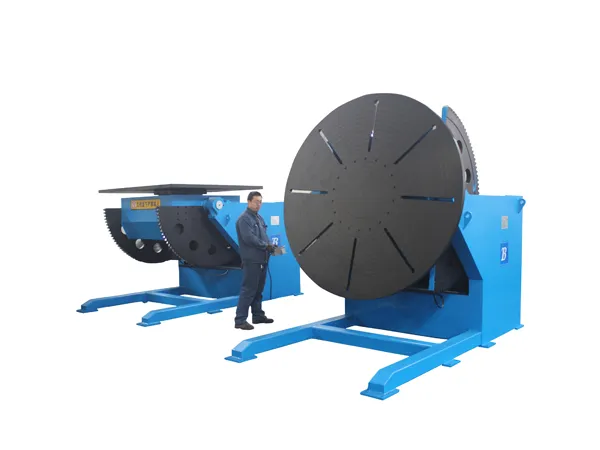Welding positioners are crucial pieces of equipment in fabrication and welding shops, designed to hold and manipulate workpieces, allowing welders to achieve optimal positions for welding. Understanding their load capacity is essential for safe and efficient operation.
Welding positioners are crucial pieces of equipment in fabrication and welding shops, designed to hold and manipulate workpieces, allowing welders to achieve optimal positions for welding. Understanding their load capacity is essential for safe and efficient operation.
What is Welding Positioner Load Capacity?

Welding positioner load capacity refers to the maximum weight and associated forces a positioner can safely handle while rotating and tilting a workpiece. It’s not just about the raw weight; it’s a combination of the workpiece’s weight and its center of gravity (CG).Manufacturers typically specify load capacity on a “capacity plate” or in the equipment’s documentation. This often includes:
Maximum Weight Capacity: The absolute maximum weight the positioner can hold.
Tilt Torque Load: The maximum rotational force the positioner can handle when tilting the workpiece.
Rotation Torque Load: The maximum rotational force the positioner can handle when rotating the workpiece.
Center of Gravity (CG) Distance: This is critical. The further the workpiece’s CG is from the positioner’s table surface (for tilt) or the center of the table (for rotation), the greater the torque applied to the positioner, even with the same weight.
How is Welding Positioner Load Capacity Calculated?
The load capacity is heavily influenced by the torque exerted by the workpiece on the positioner’s mechanisms (motor, gears, bearings). Torque is a twisting force, calculated as:
Torque = Weight × Distance
Here’s how this applies to positioners:
Determine the total weight of the weldment: This includes the workpiece itself, any fixtures, chucks, or tooling attached to it.
Calculate the Center of Gravity (CG) of the work:
Distance from the face of the table (for tilt torque): This is the perpendicular distance from the table surface to the workpiece’s CG.
Distance from the rotational center of the table (for rotation torque, also known as eccentricity): This is the parallel distance from the center of the table to the workpiece’s CG. For asymmetrical workpieces, this is crucial.
…
For more detailed information about the load capacity of welding positioners, please click here:https://www.bota-weld.com/en/a/news/welding-positioner-load-capacity.html


